We list the best hotels in Seville as recommended by travel experts from CNN, Lonely Planet, Frommer’s, Fodor’s, New York Times and more. All hotel recommendations have been referenced with customer reviews and we only listed places with at least a 4 out of 5-star customer review rating.



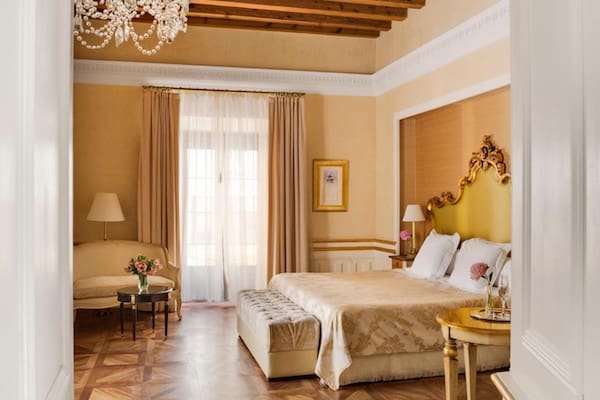
“This classy boutique hotel, in a refurbished 19th-century mansion, is a refuge in bustling Santa Cruz. Rooms, which are tastefully decorated in subdued colors, have high ceilings, exposed wooden beams, wood floors, antique furniture, and large and modern bathrooms.”
Featured as Fodor’s Choice in Seville.
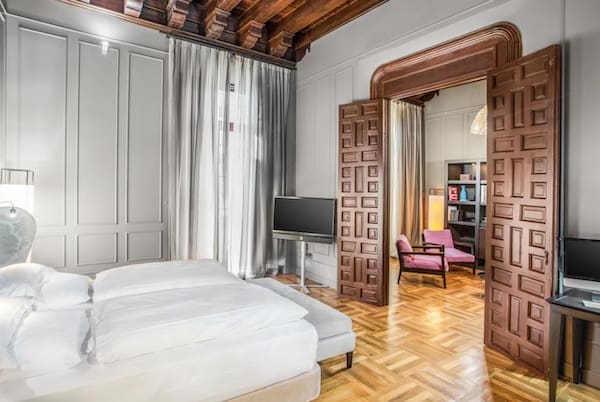
“The 50-room Hotel Palacio Villapanés is a converted 18th-century Sevillian baroque palace with lacelike iron gates and a traditional open, marble-pillared courtyard that doubles as a palm garden and cocktail lounge. Rooms feature wooden flooring and fluffy white duvets and a minibar with all of its contents free, including fizzy sangria in a bottle.”
Featured in New York Times’ 36 Hours in Seville.
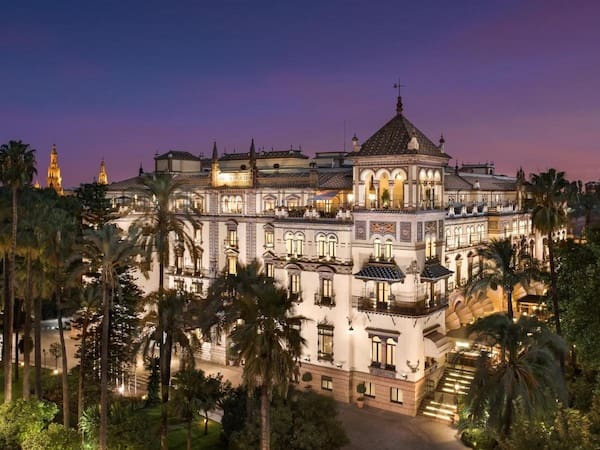
“No question about it, this is the swankiest address in town. Hotel Alfonso XIII is a palace built for King Alfonso XIII of Spain to host important guests when Seville hosted its great exhibition in 1929.”
Featured as Frommer’s Exceptional Choice in Seville.
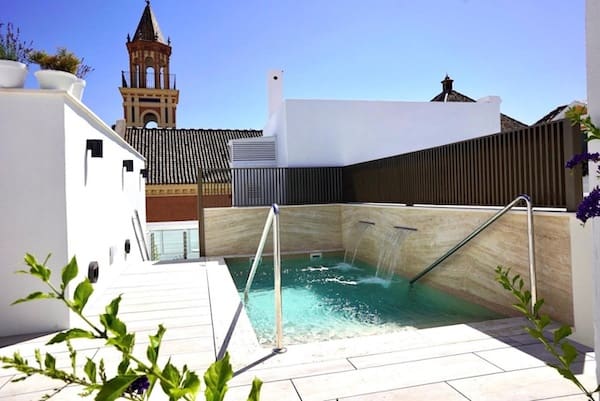
“A soothing oasis of calm in the heart of the old judería, this delightful hotel charms with its ceramic-tiled lobby, period furniture and collection of musical instruments. Rooms, named after composers, are equally stylish, and there’s a small rooftop terrace offering views over to the Giralda.”
Featured as Lonely Planet’s Top Choice in Seville.
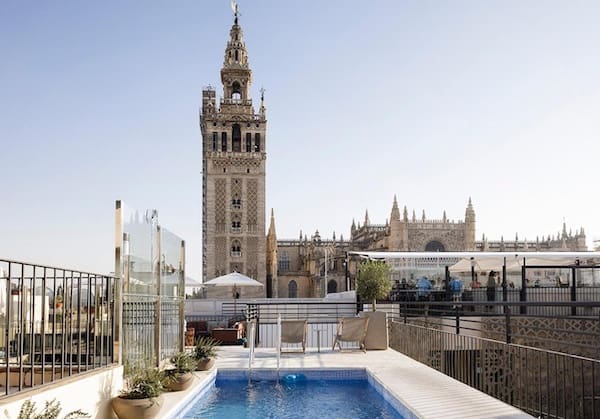
“Marrying contemporary design with a fabulous location and stunning close-ups of Seville’s mammoth Gothic cathedral, the EME impresses on all fronts.”
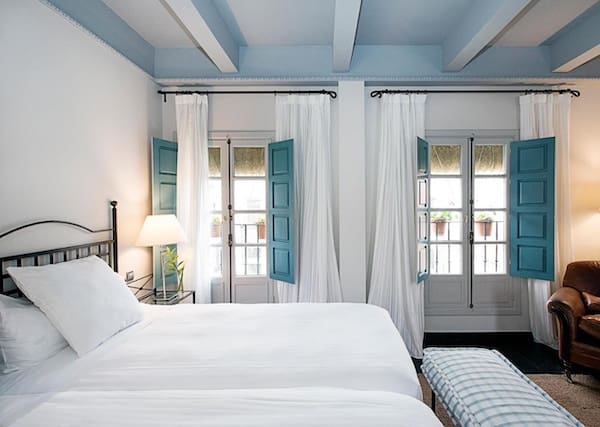
“This hotel blends the old and the new with style and panache, retaining original features like stone floors and carved wooded ceilings while adding ultra-modern designer fixtures and fittings. The good-sized bedrooms are arranged around a peaceful central courtyard and are decorated in calming cream and pastel blue hues, with dark wood floors and antique furniture.”
Featured as Frommer’s Exceptional Choice in Seville.
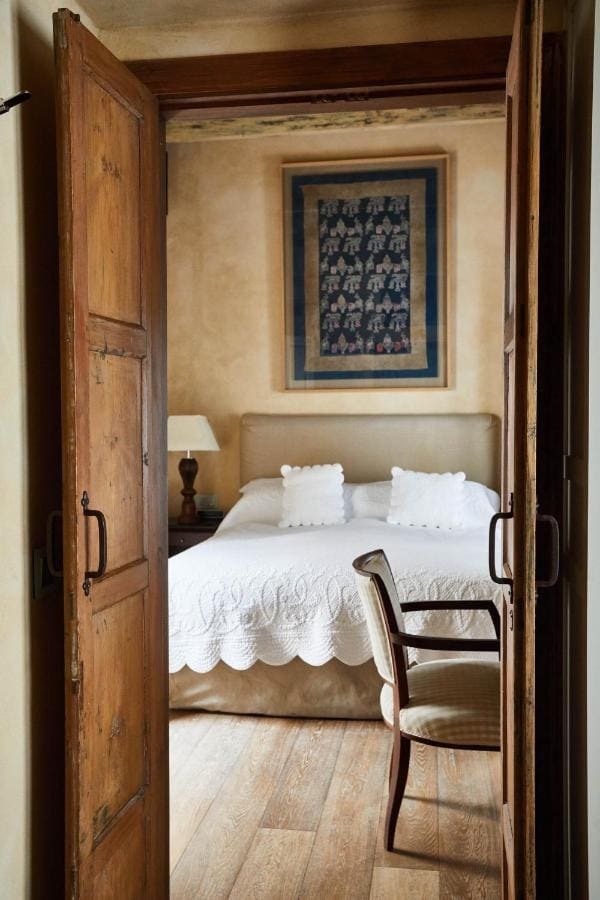
“Quiet, romantic and stylish, this lovely boutique hotel is one of my favorites. It’s run by the Reids, a Spanish/English family who have heaps of experience in hospitality, and it really shows. The Corral is located in two converted 17th-century palace houses on either side of a tiny street a 10-minute walk from the main tourist area.”
Featured as Frommer’s Exceptional Choice in Seville.
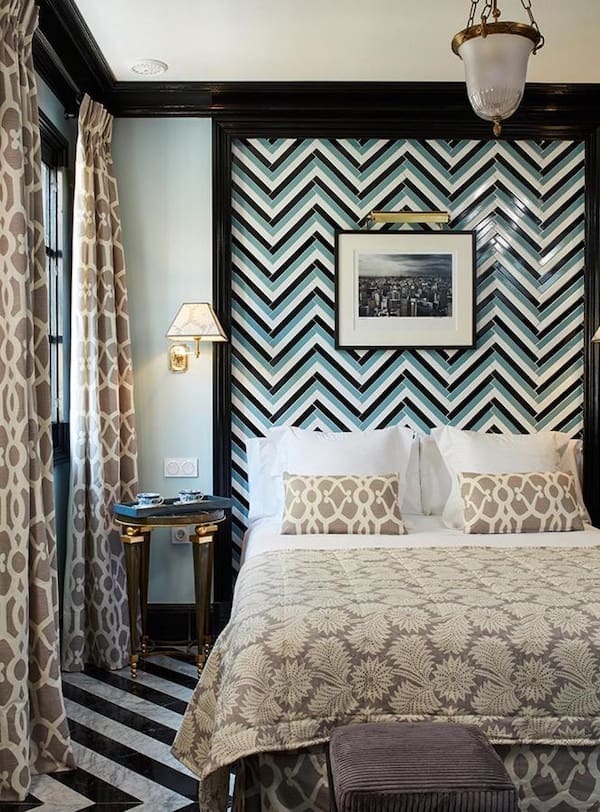
“Behind its unassuming exterior are possibly the loveliest and quietest bedrooms on the Triana side of Seville, with a whiff of Art Deco design in its chevron-patterned black and white stone floors. A hearty breakfast that might include cured ham, tomato tapenade, muffins, toast and olive oil is delivered to your door at the requested time. Its six rooms are tastefully decorated according to themes like Paris, Napoli or Beijing.”
Featured in New York Times’ 36 Hours in Seville.
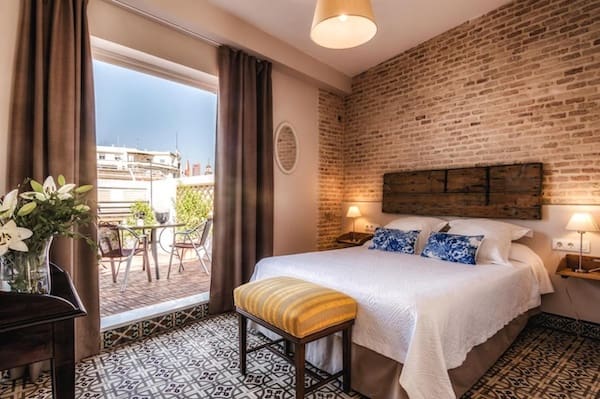
“A superb location, warm service, and quirky decorative features combine to winning effect at this charming, family-run hotel. Look out for white cast-iron pillars, bedsteads made from old doors and cobalt blue stained glass in the neo-Mudéjar windows.”
Featured as Lonely Planet’s Top Choice in Seville.
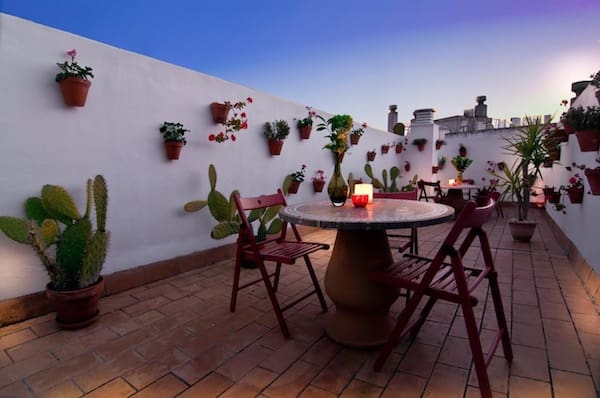
“This immaculate two-star has stark white walls hung with bright artworks and cascading plants. The sunny, light-filled rooms, complete with parquet, chandeliers and dashes of lilac, are good looking and comfortable.”
Recommended by:
Fodors, Frommers, Telegraph, Lonely Planet
Recommended by:
New York Times, CN Johansens, Telegraph
Recommended by:
Frommers, Fodors, Telegraph
Recommended by:
Lonely Planet, Fodors, Telegraph
Recommended by:
Lonely Planet, Telegraph
Recommended by:
Frommers, Telegraph
Recommended by:
Frommers, Telegraph
Recommended by:
New York Times, Telegraph
Recommended by:
Lonely Planet, Telegraph
Recommended by:
Lonely Planet
If you want to stay in a 3-star hotel in central Seville, you would be looking at an average price of $90 per night. For 4-star hotels, the average price is around $130 per night. For a 5-star hotel in central Seville you'll have to spend around $230 per night.
You like some luxury but don’t like the famous chain hotels. If you’re looking for the best boutique hotel in Seville, you should check out Hotel Casa 1800. It’s a very cool hotel that has been highly recommended by travelers and experts. For more cool hotels, check out our list of the best boutique hotels in Seville.
If money isn’t a problem and you’re looking for a luxury hotel in Seville, then go for Hotel Unuk. The hotel offers excellent service, it’s in a top location, it has been rated very highly by previous guests and renowned travel critics have recommended it. For more 5-star hotels, check out our list of the best luxury hotels in Seville.
If you’re looking for an affordable hotel, then book Urban House Siurot 33. It’s an excellent budget hotel offering great value for money. It’s in a good location, it’s been recommended by travel experts and the hotel has excellent customer reviews. You should also check out our list of the best cheap hotels in Seville.
Looking for a good and affordable private room or cozy dorm in Seville? Check out Hostel One Catedral. The hostel has been highly rated by backpackers. Also, check out our shortlist of the best hostels in Seville; it’s based on thousands of reviews from backpackers.
Try Hotel Casa 1800 if you're looking for a romantic getaway in Seville, the hotel has excellent recent customer reviews by couples.
Let’s start the day with some good food. Hotel Casa 1800 is an excellent option if you’re looking for a Seville hotel offering a great breakfast. Recent guests have given great ratings for the breakfast service at this hotel.
The best areas to stay in Seville are: Centro, Triana & Los Remedios, Alameda, Santa Cruz or El Arenal. Please read our extensive guide about where to stay in Seville. It gives a great overview about each area, including the museums, attractions and other things, as well as the best place to stay in each area.
There are a lot of things to do in Seville and surrounding areas, including day trips, attractions, museums, sightseeing tours and many other activities. Here’s our list of 3 things you should definitely do when you’re in and around Seville.
Seville Cathedral and Giralda: Skip-the-Line Ticket
Skip the long lines to one of Seville's most popular monuments with a fast-track entry ticket to the impressive cathedral and bell tower of La Giralda. Upgrade to include an audio guide. Price: €16. More info.
Royal Alcázar Skip-the-Line Entry Ticket
Enjoy this skip-the-line ticket to the Royal Alcázar of Seville, a beautiful medieval palace that was declared a World Heritage Site in 1987. Price: €19. More info.
From Seville: Pueblos Blancos and Ronda Full-Day Trip
Travel through the ancient Andalusian kingdoms of Castille and Granada, while enjoying the natural beauty and learning about the region’s history. Visit the white villages, the Grazalema forest and mountains, and the ancient town of Ronda. Price: €79. More info.
More things to do in Seville
As the largest city in Southern Spain, Seville boasts an intriguing history, fascinating culture, magnificent architecture, and plenty of things to do. Located in Andalusia, the southernmost autonomous community in Spain, the Seville area has a population of about 1.7 million. This city is rumored to have been built by Hercules himself, and with plenty of ornate Moorish castles and cobblestoned medieval streets, it might seem believable.
Seville dates back nearly 2,200 years ago. Over the years, numerous civilizations have called this city their home, including Iberians, Romans, Moors, and Christians. According to historians, the Seville area was settled during the Bronze Age. The Romans initially founded Seville as ‘Hisplais,’ thriving under their rule. Several monuments survive from this period, including the city’s aqueduct.
In the early 8th century, the Moors brought a massive army to the city, and it eventually fell under their control. They ruled for the next few hundred years, rebranding the city under the name ‘Isbiliya,’ and erecting several architectural masterpieces, including the Alcazar Palace.
In 1248, Fernando III of Castille took over the city, claiming Christian rule. Seville thrived well into the 16th and 17th centuries, becoming the most important European port as the Spanish departed to explore the Americas. It continued to grow until the 20th century, when unfortunately, the Spanish Civil War caused thousands of deaths.
At the end of the 20th century, prosperity returned to Seville. Today, Seville is the most sophisticated city in Andalusia, attracting many tourists who come to see its architectural gems, Flamenco performances, and vibrant festivals. Two of Seville’s most notable festivals, Feria de Abril and Semana Santa, happen two weeks apart in April. Feria de Abril is known for filling the streets with music, dancing, drinking, and singing, while Semana Santa is a more serious holy celebration.
As one of the sunniest European cities, there is never a wrong time to visit Seville. The weather is generally warm, creating the perfect atmosphere for sightseeing. There are three UNESCO World Heritage Sites in Seville. Most notable is the Cathedral of Saint Mary of the See, one of the most magnificent structures in Spain. Located in the center of the city, this structure began as a Moorish mosque, but over the years, it has gained Baroque, Renaissance, and Neo-Gothic influences. The Alcazar, the second UNESCO site, is one of Spain’s best-known castles, and is attached to the cathedral. The last site is the Archivo de Indias, built in 1585. This structure houses a vast collection of documents on the exploration of the New World.
One thing that makes Seville unique is the blend of different religious and geographic cultures throughout the city, including Jewish, Moorish, Gypsy, and Arabic influences. You can even taste some of the North African flavors in the cuisine, including gazpacho, honey-sweetened pastries, dates, and almonds.
Vibrant diversity, intriguing history, and an exhilarating culture make Seville anything but boring. From the cuisine and weather to the architecture and history, Seville is a shining star in every category.
Get to know the city even better by reading our guide about where to stay in Seville.
If you like our list of the best hotels in Seville, then you should also check out our selection of recommended hotels in Ibiza or the best hotels in Mallorca.